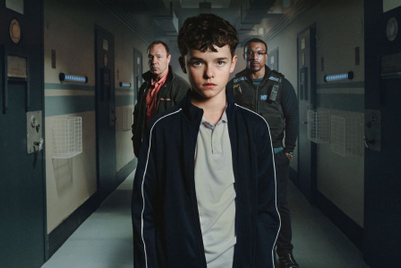
Loretta Urquhart
Head of communications, Southeast Asia, Samsonite
Our current TVC is an ‘expensive’ production form. If we only ran the commercial on TV I am confident the investment would be worthwhile, given the impact, cut-through and attention that such demonstrations provide.
However, since we have a strong video asset we believe we should explore and/or exploit all sorts of other media applications - even in the most ‘disposable’ media. We are using a combination of high impact video streaming ads on news portals, video entertainment sites, travel sites and instant messenger platforms, complementing it with TVC placements within office building lifts and screens within airport transport. The cost of the TV production is, therefore, amortised across the media platforms.
Akshay Mehrotra
Head of marketing, Bajaj Allianz India
With today’s new generation media building expensive commercials with short shelf life does not make sense. There are two major considerations to look at.
First, video ads can be made at a very low cost, especially for online models. More and more video content is being placed over the internet and customers are able to experience brands and view video advertisements online.
Secondly, production quality comprises editing and effects, which can be done at a fraction of the previous cost. Thus, a smart advertiser needs to look at getting their agencies to build lower budget films, which deliver similar results without compromising on quality.
Zalman Aefendy
Director of marketing, Celcom Malaysia
TV is still a primary medium in Malaysia, but needs to be crafted differently due to changing consumer habits. Ads need to be much more impactful within fewer seconds.
Web viewing, coupled with mobile access, doesn’t need high quality TVCs, which creates the opportunity for shorter durations that work harder based on much more cut-through creative. These help communicate quickly a tactical message that can generate an immediate response on purchase behaviour.
This leads to more efficient spending to achieve higher awareness levels, fast. However, emotionally driven ads still engage consumers and add value. High quality TVCs create a halo-effect giving the impression of brand quality.
Mike Braggins
Regional manager, marketing, Fuji Xerox AP
Agencies never lead but follow (reluctantly) consumer behaviour. Controversial? Of course, but big productions mean big revenue and awards often measure visual impact rather than business effectiveness. TV ads still have a place but they are generic and cater for a mass audience. Given all the alternatives now, consumers want to be addressed as individuals. Creative agencies have to understand that the closer they get to the recipient the more successful their campaign will be, for clients and themselves. It is no longer a case of creating relevant content, but how it is received. You must know patterns of behaviour. People have many ways to receive information and younger consumers particularly, are less influenced by TV.
Paul Groves
Chief marketing officer, AIA Group
I think having just one big TVC as the key media approach is less effective now.
Consumers are getting more sophisticated and have more choices these days. I believe that as marketers, we need an integrated approach for the respective consumer segments be it TVC, print, outdoor, digital marketing, mobile marketing or direct marketing.
Every advertiser is vying for the consumers’ attention whose span is getting shorter with the intrusion of technology. A TVC has its limits as you can’t be ‘all things to all people’ — you need to customise your messages and make them relevant and meaningful to customers, thus building an emotional affinity with them over time.
This article was originally published in the April issue of Campaign Asia-Pacific.








